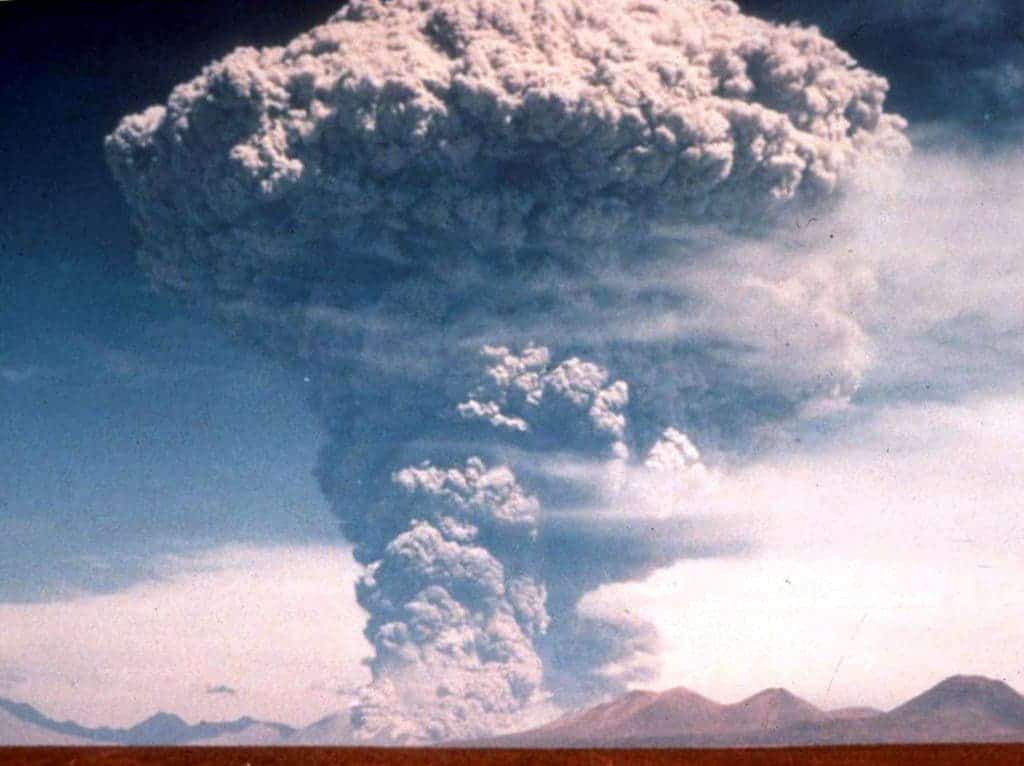
A cataclysmic 1991 eruption of Mount Pinatubo in the Philippines caused widespread destruction of property and human lives.
The 20 million tons of sulfur dioxide and ash spewed into the atmosphere also seriously altered the planet’s climate, as these aerosols acted to cool the planet by as much as half a degree Celsius for three straight years.
Now, researchers say the Pinatubo eruption also obscured sea-level rise readings. According to the National Center for Atmospheric Research (NCAR), the rate of sea level rise is more accelerated than we were led to believe by satellite imagery, closely following what climate models predicted instead.
Satellite imaging for the purpose of assessing sea level rise around the globe first began in 1993, post-Pinatubo. Before 1993, scientists used tide gauges to measure sea level variations, but these instruments are very unreliable and their records only serve as a ballpark estimate nowadays.
Since 1993, scientists have recorded a steady sea level rise of about 3 millimeters per year, a figure which governments are currently using for their climate change mitigation process. Due to poor timing, however, the actual extent of sea level rise may have been hidden.
Sea level rises due to two primary mechanisms. On one hand, global warming raises the temperature of the water and causes it to expand. Then, rising temperature in the Arctic and Antarctica melts glaciers and ice sheets. In the past decade, we’ve seen an accelerated trend in both rising temperature and melting, yet satellite imagery did not indicate a sea level rise that would have corresponded with scientists’ expectations.
Running computer models on the Yellowstone system at the NCAR-Wyoming Supercomputing Center, scientists compared different data sets which either included or omitted volcanic aerosols. This allowed them to differentiate between Mount Pinatubo’s eruption signal and noise, like the natural variation of ocean temperature. This analysis revealed that the devasting volcanic eruption in the Philippines caused the oceans to cool and sea levels to drop by 6 millimeters, well before the TOPEX/Poseidon satellite tasked with measuring sea level rise became operational.
This higher-than-normal sea level drop means the early data the satellite recorded is not historically accurate, making it appear like the rate of sea level rise has not accelerated over time and may actually have decreased somewhat. Had the eruption never took place, a clear trend of sea level rise acceleration would have shown, according to the paper published in Scientific Reports.
“When we used climate model runs designed to remove the effect of the Pinatubo eruption, we saw the rate of sea level rise accelerating in our simulations,” said NCAR scientist John Fasullo, who led the study. “Now that the impacts of Pinatubo have faded, this acceleration should become evident in the satellite measurements in the coming decade, barring another major volcanic eruption.”
“The satellite record is unable to account for everything that happened before the first satellite was launched, ” Fasullo said. “This study is a great example of how computer models can give us the historical context that’s needed to understand some of what we’re seeing in the satellite record.”
Even a few millimeters off can have drastic consequences for climate change mitigation planning which forecasts what the sea level will look like 50 or 100 years from now.
“Sea level rise is potentially one of the most damaging impacts of climate change, so it’s critical that we understand how quickly it will rise in the future,” Fasullo said. “Measurements from Jason-3 will help us evaluate what we’ve learned in this study and help us better plan for the future.”






